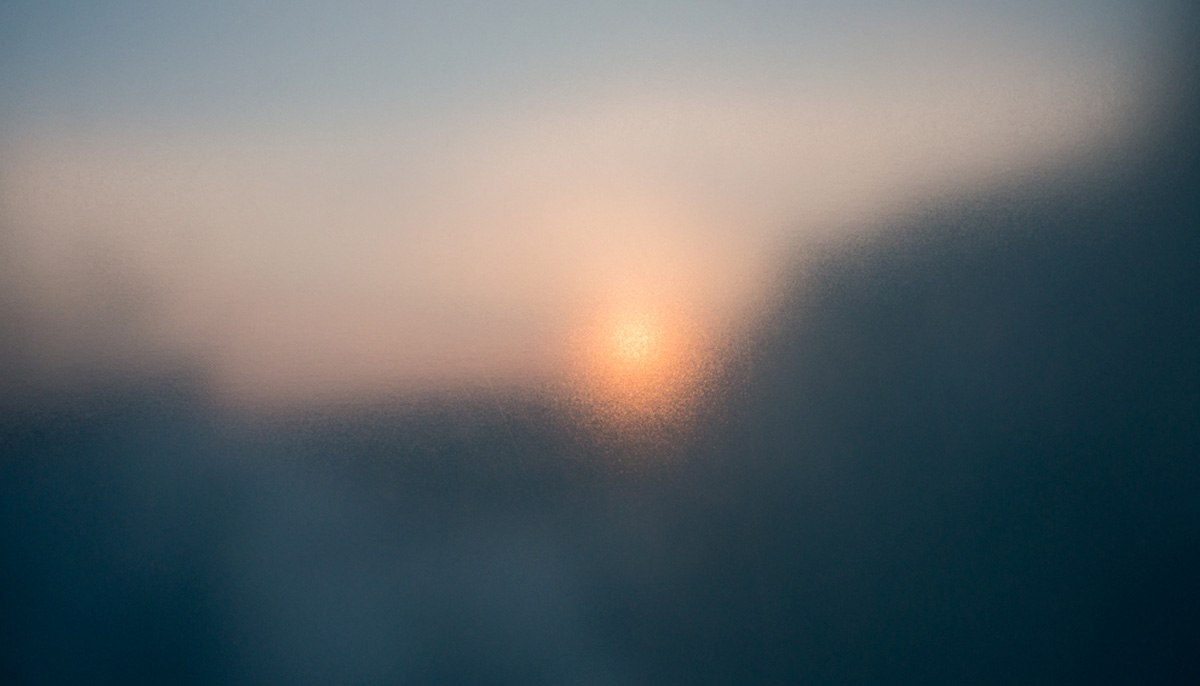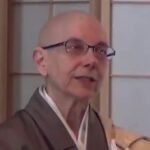There was a lovely piece in the New York Times Sunday Review section not long ago called “The Courage to Be Alone.” The author, Megan Craig, wrote about taking a walk with her youngest daughter, who was telling her that her baby doll might have the coronavirus. Craig was trying to listen, but found herself preoccupied, and then she thought of William James’s essay “On a Certain Blindness in Human Beings,” about the difficulty of being fully present to another person’s life.
James “was writing about how hard it is to see someone else’s inner light — the thing that keeps them illuminated in dark times — especially when we are fixated on our own lives.”
Each of you has your own light.”
How do we emerge from the fixations of self-absorption that ensure a “certain blindness”? The simple core practice of Buddhism is to sit and face what comes with courage and equanimity. We return to the breath; we return to full presence.
Facing old patterns as they arise, we can let them go back to the emptiness from which they came. After all, the repetitive reactions that have formed such deep grooves in our consciousness are based on outmoded strategies for self-protection. Fixating upon them, we think that’s who we are. But our true self needs no protection, for it is not subject to birth and death. It is unlimited, beyond conception; it is our own inner light; our inner life.
While walking, Craig remembered an essay by the philosopher Emmanuel Levinas, in which he wrote of the inner life that kept kept him alive after being captured by the Nazis and sent to a prison camp in France in 1940. It was “Something secret to hold onto that cannot perish or crack or fall, something private and still at the core of a life.”
And while her daughter related plans for another doll’s birthday party, Craig realized, “To simply reply as if this is what matters is the best I can do…. it is her world and these are her tiny lights….all of it fiercely real and important as the world seems to fall apart around us.”
This is what our practice calls us to do — this is our vow as Bodhisattvas-in-training: to be fully present to a so-called other, whose concerns are fiercely real and important, whether or not our minds are in agreement. The inner life, the inner light, is beyond perspective or view; beyond preference or condition.
In Case 86 of the Blue Cliff Record, Ummon Bunen said, “Each of you has your own light. If you try to see it, everything is darkness. What is your own light?”
Each of you has your own light. It shines through your faith in no-knowing, in the absolute intimacy of self-other. Your own light is that which keeps you alive no matter what the circumstances — imprisonment, illness, grief — even death. It is that which cannot perish. And no one owns this light. It is the same light, the same source, manifesting uniquely within each being, just as one flame ignites candles of different origins, shapes, and sizes.
Ummon said, “If you try to see it, everything is darkness.” We can’t see our own light when we look for some objective, separate entity. Meister Eckhart put it this way: “The eye cannot see itself.” When we try to define, characterize, or capture it, that very trying shutters the light, and we fall into separate selfhood, and become blind.
Only when we awaken to our own light can we be fully present to another person’s inner light and life; only then can we respond fully, with nothing in the way. In his Preface to the Blue Cliff Record, Engo Kokugon wrote a verse that goes:
Boundless wind and moon
Lie within the eyes.
Inexhaustible heaven and earth,
The light beyond light.
The willow dark, the flower bright.
Ten thousand houses.
Knock at any door,
There is one who will respond.
Ummon asked, “What is your own light?” What is this light beyond light? Everyone has this light, within the eyes, not apart from them. Boundless wind and moon; inexhaustible heaven and earth. Within the 10,000 things — willow dark, flower bright — within the 10,000 houses. Knock on any door. There is one who responds, there is one who is ready, who has realized the Eye within the eyes. Who is it? You are here to experience it; for the sake of all beings, you must awaken to That One shining alone — who is none other than you, your true self, responding.
The story goes that Ummon kept asking his students, “What is your own light?” And no one could respond. So finally, twenty years later, he answered for them. “The halls and the gate.” Just this. Just what is in front of you, right here, what surrounds you. Nansen put it, “Ordinary mind is the Way.” Nothing special, no gilding, no embroidery, no flowery metaphors, just, “The halls and the gate.” Halls! Gate! Wondrous!
The light is shining everywhere, if we have eyes to see. Look! Each of you now, in your own room, your halls, your gate. The gate is right here, as we look into each other’s eyes. We are given refuge by nothing but this. The Threefold Refuge. And the gate is always wide open. It is the gate to “The One and Only,” as Vimalakirti put it. “The boundless wind and moon lie within the eyes,” as Engo said.
And then Ummon told the assembly, “Blessing things is never better than nothing.” Whatever lofty praises we come up with, however fervent our homage, it is just like adding legs to a snake – superfluous. Something, no matter how wonderful, can never be better than nothing. Here is Setcho’s Verse to case 86:
It illuminates itself,
Absolutely bright.
He gives a clue to the secret.
Flowers have fallen, trees cast no shadows.
How can you not see, if you look?
Seeing is non-seeing, non-seeing is seeing.
Facing backward on the ox,
You ride into the Buddha hall.
“It illuminates itself, absolutely bright.” This light is self-fulfilling, shining throughout the entire cosmos, light shining on light: the boundless activity of a Bodhisattva. You are permeated by it through and through, but you must experience this. “He gives a clue to the secret.” Ummon said, “The halls and the gate.” This; this; without exception, the secret is shining.
“Flowers have fallen, trees cast no shadows.” Nothing obscures this absolute brightness. All is revealed as it is now. But if you try to see it, you are lost in the darkness of ignorance. When you simply look without trying — zazen. Not seeking for something outside that you think you lack, just seeing.
Become a seeing eye. A seeing-eye dog for the blind — this is true compassion. This is your Vow in action.
“Seeing is non-seeing, non-seeing is seeing.” The usual way of seeing is scrutinizing, searching for what will be of benefit, looking around outside yourself for some useful thing, someone else’s experience, and this thrusts you right back into blindness. But when you enter into Mu, into the pure non-discriminating gaze, then non-seeing is seeing. Then indeed, “seeing is believing” — with Faith in Mind, as the Third Ancestor, Sosan, called his poem.
“Facing backwards on the ox, you ride into the Buddha hall.” You give up the usual dependence on what makes logical sense, on quantifiable space and time, abandoning formulae, maps, and strategies. In Mu there is no knowing front from back. You surrender to the ox — this Dharma, incomparably profound and minutely subtle.
Then what? Wherever you go, you are riding into the Buddha hall, supported by everything, completely at home. At home in your sitting, at home in your listening, trusting in your own light. With nothing to figure out, no hindrance in the mind, no hindrance therefore no fear, you are guided by the lamp of your own light. Have the courage to be alone, in this all One, interconnected moment.

